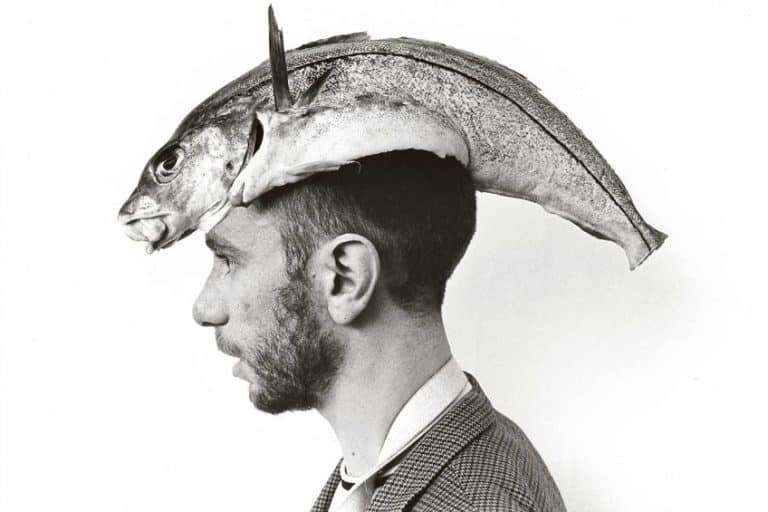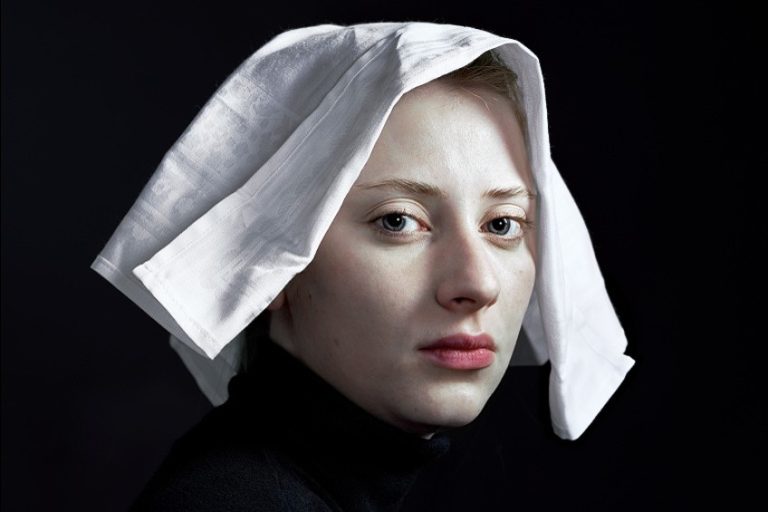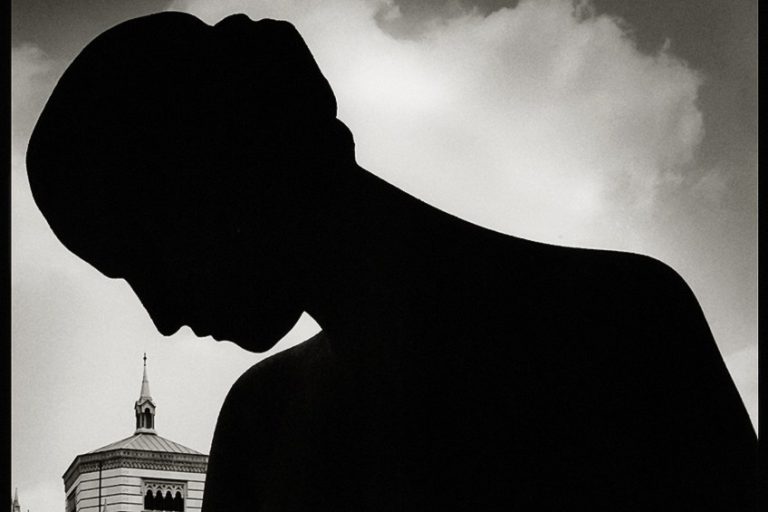Types of Photography – Examining Different Photography Styles
In photography, variety is the spice of life, and there are many types of photography to enjoy and create. The main genres of photography are nature, people, and manmade object photography. In this article, we will explore the various photography styles and types that you can get involved in – whether as a photographer or simply an admirer of great photography.
The Various Types of Photography
Photography is one of the several visual arts and is also used for journalism, personal use, and commercial use. While we presently live in a world where everyone has a high-quality camera in their pockets, this was not always the case, and for many decades photographers had to know exactly which lenses and settings to apply to get the best result out of their particular subject.
Over the years, several distinct photography styles have emerged that all require a unique set of skills to master. Even within these specific genres of photography, variety is evident in the signature styles of each individual photographer. We will discuss the different styles below.
Nature Photography
There are three main genres of photography, being nature photography, people photography, and man-made photography, each of which is subdivided into further categories. The first genre we will explore is nature photography.
Nature photography offers the photographer the opportunity to capture breathtaking moments of our surroundings and wildlife.
Each type of nature photography you are experimenting with will require a different set of techniques: Trying to capture a ladybird on a leaf is rather different from trying to capture a lion in pursuit of its prey, for example. Let’s take a look at a few of the types of nature photography there are.

Landscape Photography
If you have ever had the pleasure of traveling the world, or even enjoy hiking in the forests and mountains of your own hometown, chances are that you have come across a striking natural vista that you have wanted to capture and share. Taking a photo of a natural scene in a compelling and artful manner that engages the observer is known as landscape photography.
Through the application of specific techniques, one can transform an experience or memory into a work of art, and nature often provides the most beautiful scenes to work with. Although we usually associate images of the Grand Canyon or a scene from a nature reserve with landscape photography, the term can also include cityscapes and seascapes.
Despite the fact that we usually call the horizontal format of photography the “landscape” layout, there are actually many examples where photographers have captured incredible images using the vertical orientation.

Wildlife Photography
Wildlife photographers can range from the occasional bird hobbyist to the most intense individuals who will happily spend hours hiding in a secluded spot just to get the perfect shot. This is the thing with nature – you cannot plan when the perfect moment will arise, and animals will only act naturally when they feel no threat, so staying concealed for long periods of time is to be expected. However, wildlife photography does not have to be so time-consuming if you wish to just take a drive or stroll to your nearest lake and capture a few swans.
Despite sometimes waiting for lengthy periods of time, when animals do take action, they do so quickly, so wildlife photographers always need to be prepared and ready.
A fast shutter speed is the best option for catching these creatures in action while eliminating the inevitable movement of the camera. Being a wildlife photographer is not for everyone. This is why people pay a high price for these sorts of photographs. Wildlife photography is generally performed in difficult conditions in some of the most hazardous and inaccessible locations. Many skills used in sports photography will be helpful in this field as well.
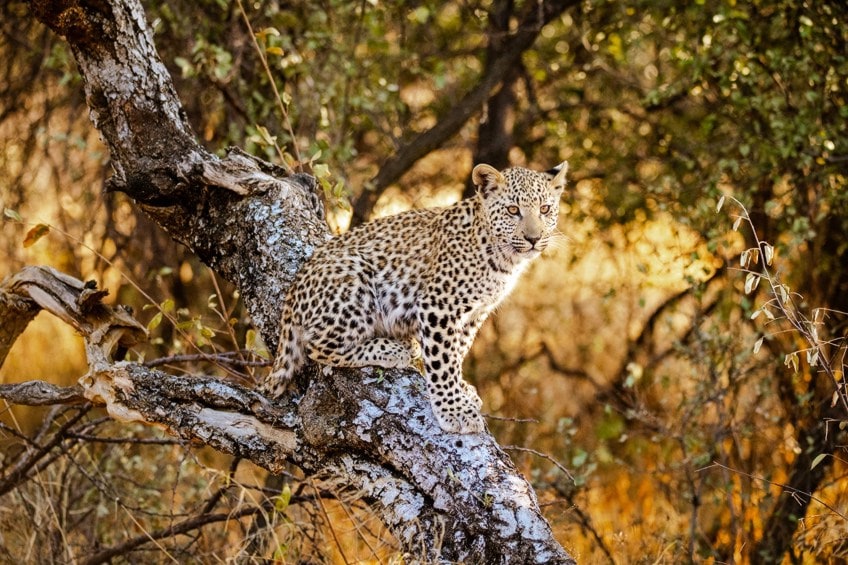
Macro Photography
While landscape and wildlife photography involve taking photos of the world and animals around us, once we zoom in really close and start focusing on the small insects, snowflakes, and water droplets, we start to enter the fascinating realm of macro photography.
Although it is not necessarily the easiest style to master, it is regarded as one of the most rewarding – often presenting us with incredible views of a world we mostly disregard or are unaware of.
Yet, once you learn how to master the skills required, then you will find never-ending opportunities to take awesome macro photographs without having to even leave your own backyard. A photograph is usually regarded as macro photography when the subject takes up the majority of the frame, even though it may appear tiny in real life. This level of magnification is an essential characteristic of the style.
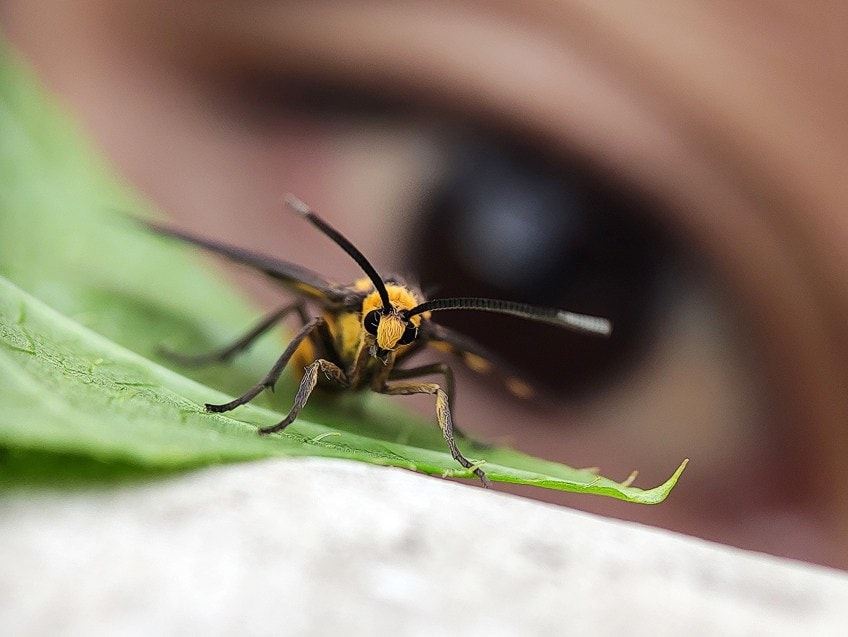
Underwater Photography
Although extremely beautiful, professional underwater photography is not the cheapest of the photography styles. First, there are the costs of acquiring a high-quality underwater camera. Next, the chances are that you will be diving rather deep for extended periods of time – there is not much to see in the shallows of the shoreline – and if you want photos of coral reefs and schools of colorful fish, you will most likely need scuba gear.
Apart from the financial expenses, there are many other factors that make underwater photography challenging, such as trying to find the perfect day with the ideal lighting conditions to capture your subjects clearly.
Underwater photography is connected to wildlife photography, yet does require its own set of skills and techniques. Depending on what you are taking a photograph of, it can also be regarded as macro photography.

Astrophotography
Examining and depicting the stars is something man has done for millennia. This makes sense as early man relied on these cosmological markers to know when to plant seeds and harvest crops. As a species, humans are fascinated by the cosmos and our place within it. So, it is only natural that we are able to view portrayals of the universe from the days of cave art right through to the most modern digital images sent by the James Webb telescope.
Not only is astrophotography quite a technical style – requiring an understanding of celestial movements, as well as telescope and camera settings, it can also be a truly humbling experience, unveiling a vast universe that can make one feel simultaneously overwhelmed and extremely insignificant.
It is not the easiest style to master either, as anyone who has ever tried to capture the full moon through their smartphones will attest. It is one of the most demanding genres of photography since it involves astronomical expertise, specialized equipment, careful preparation, and ideal weather conditions. Additionally, astrophotography frequently entails traveling to the location of cosmic objects and activities, as well as staying awake all night to photograph them. It is a technical photographic style, but it is also a genre that may leave you in awe of the stunning features of the Universe.
Master composition principles as well, because the enormous panorama of the sky demands creativity, accuracy, and the ability to provide a sense of scale.
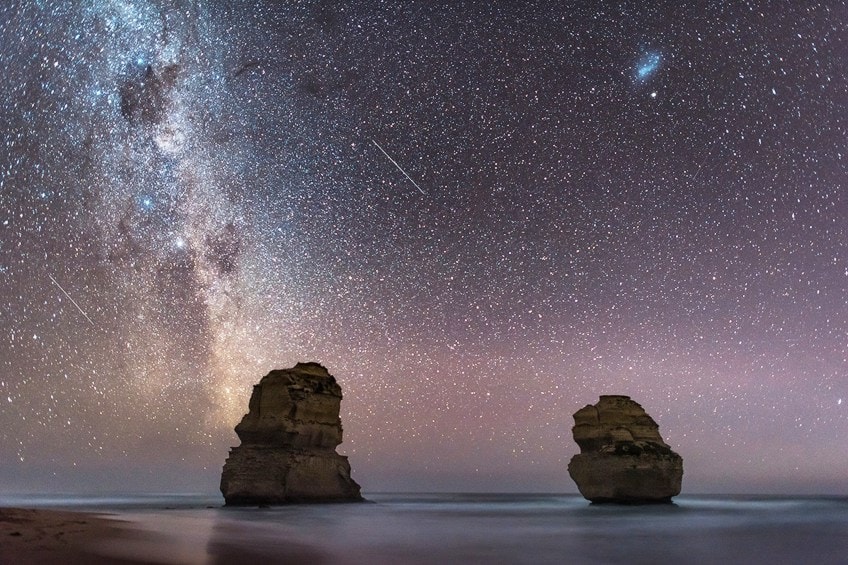
Aerial Photography
There are people who will argue that aerial photography is a part of landscape photography and does not require its own category. Yet, when one thinks of landscape photography, it is usually a photo taken from ground level and is more personal.
Aerial photography is able to capture vast regions of the earth at once, revealing patterns and contours that cannot be perceived from ground level.
Traditionally, aerial photos could only be captured by balloons or from a plane or helicopter. However, with the advent of the drone, anybody who can afford it can also take epic aerial photographs in areas with flying drones is permitted. Aerial photography is not only used for artistic purposes, and there are many practical and scientific applications that require the observation of large tracts of land.

Scientific Photography
Speaking of scientific applications, we now get to the broad category of scientific photography. This style encompasses many subgenres, from microscope photography to one that we have already discussed: astrophotography. However, it does not just refer to the capturing of natural subjects, images of man-made objects such as the space station or particle colliders are also part of this style.
As technology advances, so does our ability to accurately examine the world visually, and many of the greatest breakthroughs in science would not have occurred if were not for our ability to view the world around us in such fine detail.
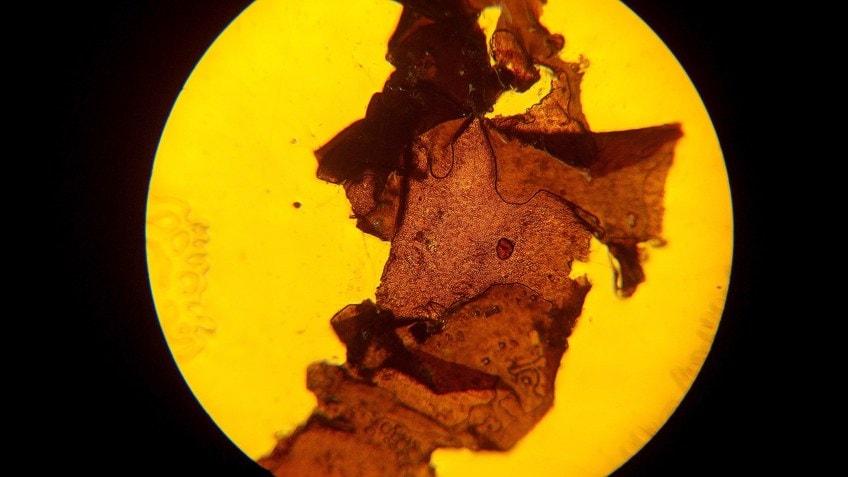
A microsopic image of an animal specimen showing its cellular structure. The nucleus can clearly be seen as brown-red in color and is located in the center of the cell in a circle-like shape; Pyre42, CC BY 4.0, via Wikimedia Commons
Weather Photography
Weather photography is essentially outdoor photography that focuses on various—typically extreme and severe weather phenomena such as snowstorms, hurricanes, sandstorms, hailstorms, and even thunderstorms. Many photographers throughout the world follow life-threatening storms in order to photograph the magnificence of what we generally avoid and hide from.
Weather photographers may effectively illustrate the strength and speed of diverse weather patterns and events by using long exposure, time-lapse, multiple exposures, and other unique approaches.

People Photography
Another one of the popular genres of photography is people photography. This genre includes popular photography styles such as portraiture, wedding photography, documentary photography, sports photography, fashion photography, street photography, event photography, fashion photography, and travel photography.
Each of these types of photography portrays people in a unique way.
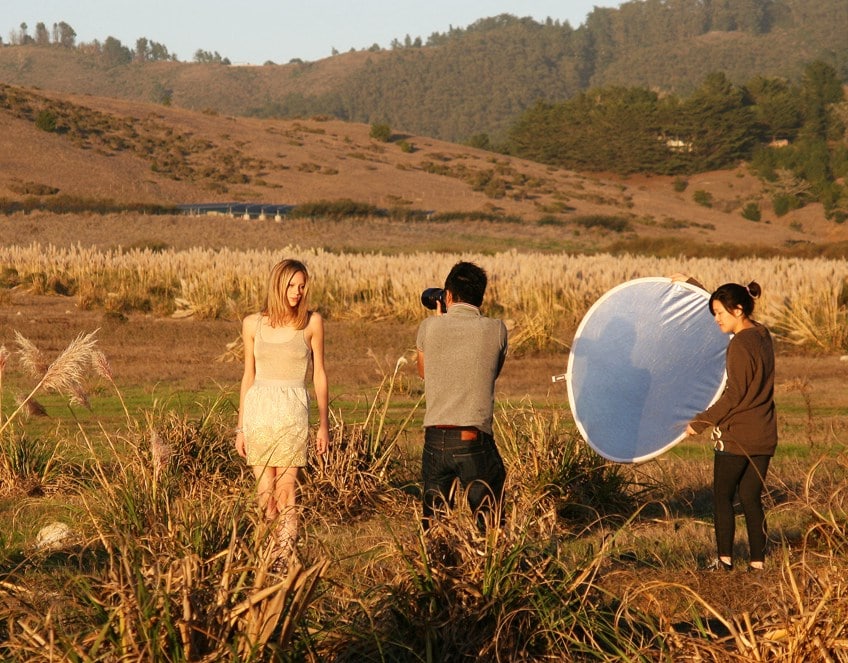
Portraiture
Portraiture has existed in one form or another for many centuries. For many years, if people wanted to have their image immortalized then they would need to commission a painter. Nowadays, it is much easier, and every day thousands of portraits are uploaded to the internet in the form of Instagram selfies. Portraits are commonly created for fine art photography, commercial work, and families.
Some portrait photographers are most well-known for their ability to capture something about the character of the subject – the essence and not just the physical characteristics.
The overall expense to get into portraiture is also not too high, meaning it is a great style if you are a beginner and there will always be friends and family that you can experiment with. However, getting to a point where you are able to portray their personality as well as their looks will take time and practice.

Wedding Photography
Many people dream of one day meeting their “Prince Charming” and having a fairytale wedding. However, these can be extremely high-pressure events, and getting things absolutely perfect is essential if you don’t want to end up with a sobbing marrier. Everyone needs to bring their best game: from the caterers to the wedding DJ, and of course, the wedding photographer.
This kind of photography not only requires a certain amount of technical skill, but also a fair dose of social skills.
It is important that a wedding photographer manages to portray the bride and everyone present in an elegant and attractive manner – even when everyone has had more than a few celebratory glasses of bubbly, and grandpa is falling asleep in the chair. Luckily, the bygone era of photo film is over, and wedding photographers can take many shots without worrying about the expenses of film to worry about.

Documentary Photography
As the name implies, this style of photography seeks to document a specific moment in an attempt to convey information about a certain topic. There are times that the moment being portrayed can generate such an emotional response from its audience, and is captured in such a manner that it becomes a work of art in its own right.
This type of photography can occur anywhere: from covering local stories in one’s neighborhood to photojournalists who are covering war-torn zones on the frontline along with the soldiers and medics.
These photos help to shed some light on little-known occurrences throughout the world. Not all of it is negative though – there are many instances of documentary photography that cover the technological, political, and social advances of humankind too.

Sports Photography
Sports photography has a long history, as sports have always been a large part of our culture. In fact, depictions of sports go back to ancient Greece and the original mega-sport event – the Olympics. Yet, just as the Olympics themselves have changed and progressed over time, so have the methods of capturing them. Today’s cameras are able to capture the smallest detail of any sport and provide us with crystal-clear images of the event and players.
An important aspect of sports photography is very similar to that of wildlife photography, and that is quick shutter speeds.
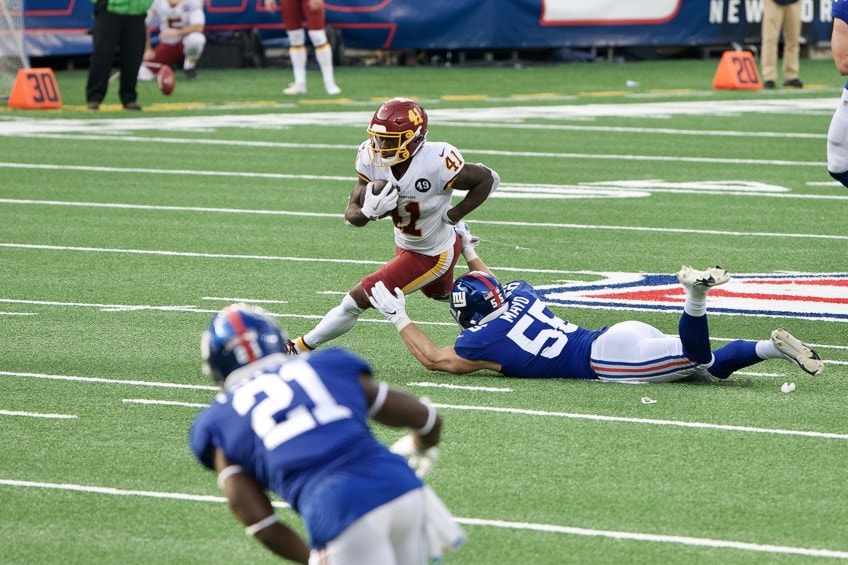
Fashion Photography
Although one could consider fashion photography to be related to portrait photography, the former most definitely has more flair and focus on aesthetics. Fashion is a fickle thing, and photographers need to keep up to date with all the various trends, models, and fashion designers if they wish to stay relevant, as well as have an intimate understanding of the effects of lighting and camera angles.
Fashion photography is not just used to capture images of a runway or clothing brand shoot though, many people make use of the services of fashion photographers just to upload some photos to Instagram in the hope of getting more followers.
Supermodels and celebrities, however, are usually photographed wearing high-fashion shoes, outfits, and accessories. This genre typically includes a lot of full-body photos due to the necessity to highlight the clothing. However, it may also include some portrait photography. If you want to enter into fashion photography, you need to work on your portraiture capabilities too.
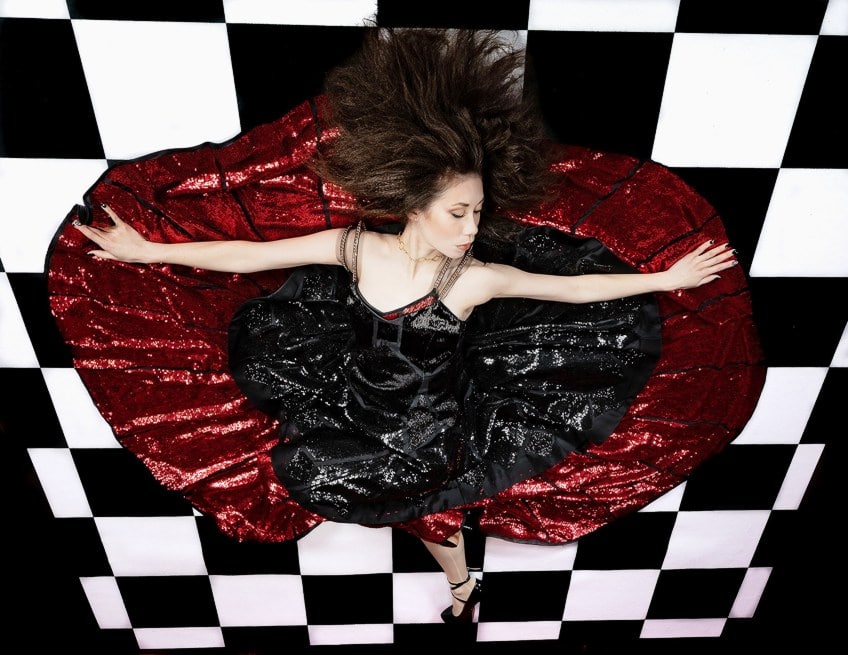
Commercial Photography
Commercial photography is all around us, from storefronts to brand and product posts on social media. Commercial photography is not only used for selling products though, sometimes the images themselves are the product being sold, such as photos produced for stock image websites. Commercial photographers need to research the products or brands they are promoting in order to ensure that the style, tone, aesthetics, and message all convey the image that the client wishes to associate with their brand.
This type of photography not only requires the usual set of technical skills, but also plenty of planning, meeting, and draft work to ensure that the image suits the brief before a single shot is taken.
Street Photography
Street photography is all about capturing those moments in life that cannot be planned. While many photography styles rely on pre-planned arrangements, street photography shows us the unfiltered side of real life as it exists on the streets and not just on television. It allows the viewer to gain insight into a world that they may not have previously contemplated or even known about. Very often, it manages to convey an underlying message about socioeconomic or cultural issues.
Although there are many examples of street photography that favor black and white 35 mm film, today many street photographers have updated their styles to match the times we currently live in.
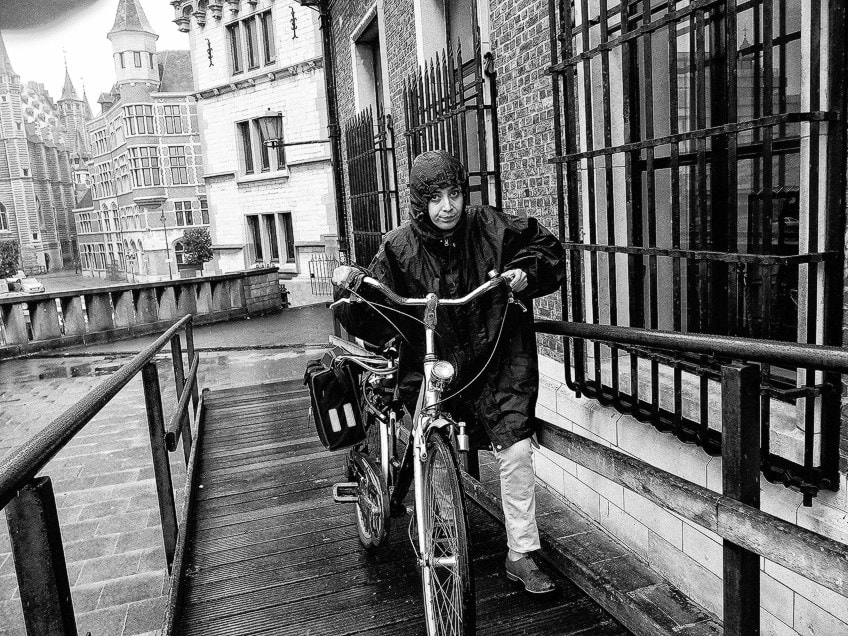
Event Photography
There are many events to consider outside of the wedding types and therefore require their own category. Even each of the types within this subcategory all requires a unique set of skills – taking photographs of a band playing a concert might be different from photographing a corporate event or a parade. Events of this nature are unpredictable, and as much focus needs to be placed on the audience as the production.
An event photographer needs to be able to capture the spirit of the event – an image should make one feel as if they are there, seeing, hearing, and fully experiencing it vividly.
There was a time when any recording of a concert was completely banned and the only way for people to relive or experience it would be through the photos taken by the official event photographers. Nowadays, however, when you see audiences at a concert you cannot even see their faces because they have their phones out recording the whole thing.
Travel Photography
One just has to look at the shelves full of travel magazines or endless pages of online travel websites to get an idea of how popular travel photography is. Of course, it is also one of those types of photography that is as popular with the general population as it is with professional photographers.
What makes good travel photography, though?
If the idea is to transport people to another world that they are unfamiliar with, then focusing on the unique aspects of a region, such as its landscapes, peoples, traditional clothing, food, street life, and architecture, are all ways to convey the distinct character of the place you are visiting.
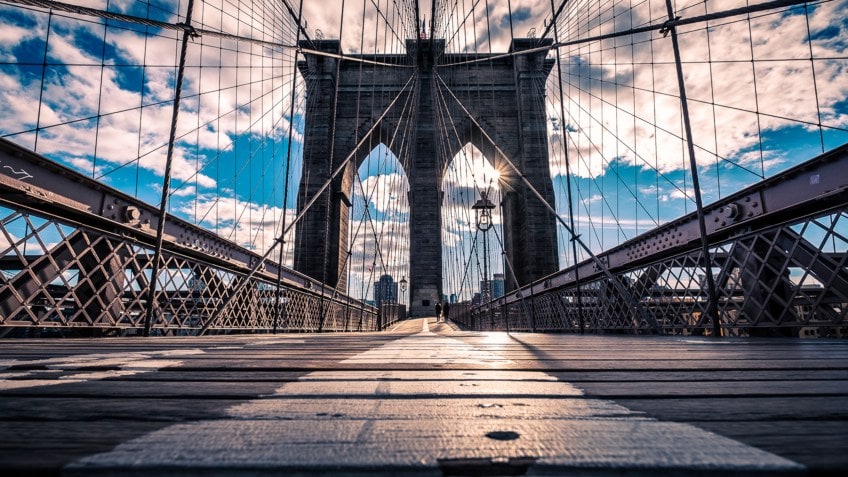
Newborn Photography
Newborn photography is similar to portrait photography, but it has its own specialized requirements because of the particular difficulties that it presents. Aside from being extremely fragile, babies’ eyes are light-sensitive, so you’ll need to buy the correct equipment and learn how to operate your equipment to make the most of the natural light.
Babies also have trouble controlling their body temperatures; thus, your studio must be cool or warm enough, dependent on the attire of your adorable child.
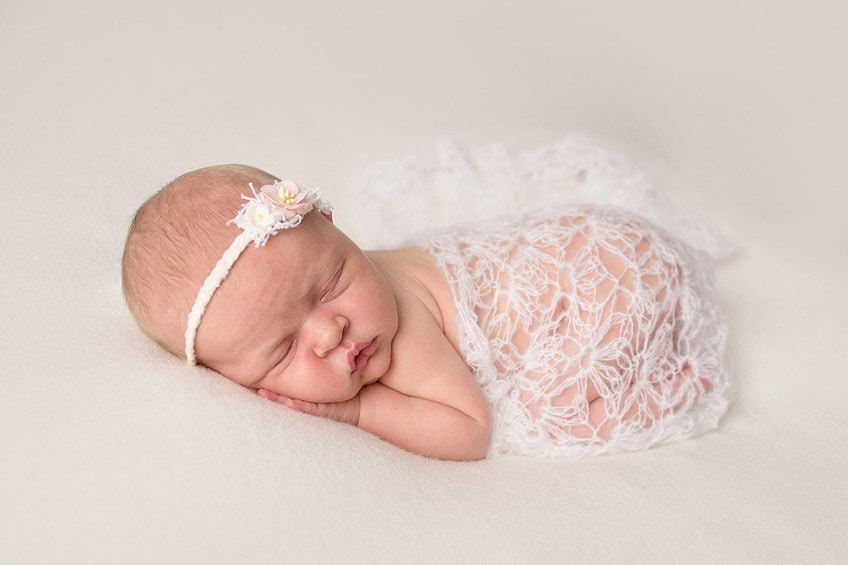
Pet Photography
While you might think that this should be a part of wildlife photography, chances are you won’t find your poodle or hamster out in the wild out of choice. Pets are most definitely domesticated animals, and many humans consider them to be their furry children and a part of the family. Therefore, it is not uncommon to see pets in family portraits too.
Even though pets are domesticated, they can also be very unpredictable, so knowing how to interact with animals might be an advantage when it comes to getting the most out of your photos.
Pet photography incorporates many of the same principles and methods as portrait photography, with the exception that you may have a little more fun with it. Because you can play with innovative approaches like photographing close-up with a wide-angle lens, you can stress less about making your subject appear good. Digital photography allows you to explore by capturing a large number of photographs without fretting about wasting film or experiencing additional costs.

Man-Made Photography
The last genre of photography we will be looking at is man-made photography. We have already explored the images that are produced by examining the visual world of landscapes and people, but what about the other objects and things around us?
The world is full of products, architecture, and food that we often like to document and share.
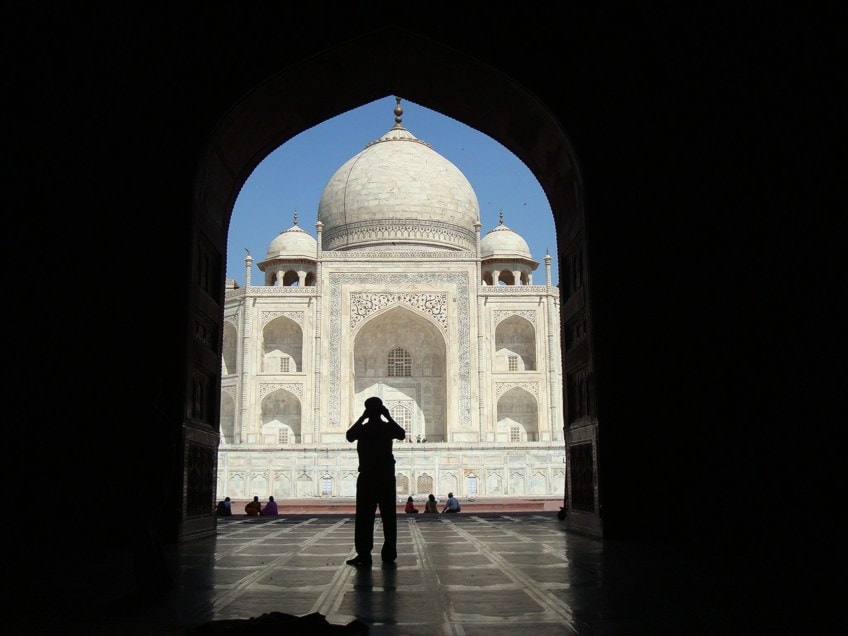
Product Photography
Product photography is a genre of commercial photography that is often shot in a studio with precise lighting to highlight the product. A product photographer’s purpose, like that of a commercial portrait photographer, is to reflect the ethos of the business. Even if both sell the same basic sort of goods, such as backpacks or apparel, an outdoor label will have distinct demands from a high-end lifestyle brand.
Product photography is all about presentation, and good photos are essential for the online promotion of products. If all a consumer has to go in is the photo in question, then it really needs to be of high quality.
Food Photography
Food photography has grown in prevalence in recent years as a result of social media. Traditionally, it was mostly a sub-genre of commercial work – cookbooks, advertising, menus, and so on – but it is now increasingly becoming a component of documentary photography. Food photographs, regardless of the end product, virtually always strive to portray their food in the most appealing manner imaginable.
When photographing cereal, food photographers may sometimes replace the genuine ingredients in the shot with fake alternatives that just look nicer, such as glue instead of milk!
With today’s camera phone specifications, a specialist standalone camera may not even be required. A good camera phone and proper lighting for food photography are sufficient for absolutely appetizing food images. To achieve true colors, ensure sure the white balance is adjusted correctly. In post-processing, you may also increase the saturation of your photographs (particularly the yellows and reds) to make your food appear even more appetizing.
Still-Life Photography
Still-life photography is another large kind of photography that involves photographing a staged scene in a studio in order to make it appear as attractive as possible. Although still-life photography occasionally contains live objects such as plants, people tend to categorize them as “man-made things” because they may encompass nearly anything.
There are many examples of the most amazing still-life photographs of seemingly mundane items, including tableware and office supplies.
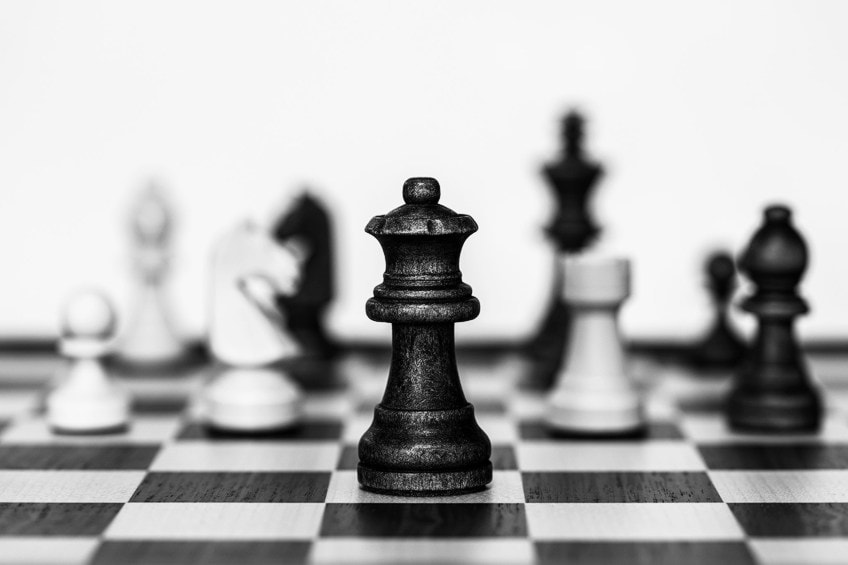
Architectural Photography
Architectural photography encompasses cityscapes as well as design and construction elements. Architecture is similar to “urban landscape” photography in many respects, with practitioners of both disciplines frequently employing tripods and sophisticated post-processing techniques to showcase their subjects as best they can. However, working with straight lines in architectural photography is a challenging challenge if you want to prevent a skewed or slanted effect in the final shot.
Architecture is also a part of travel photography, yet travel photography can focus on much for than a country’s architecture.
Architects, designers, leasing businesses, and potential investors can benefit greatly from photos of the facades and interiors of structures within larger cityscapes. It requires a combination of aesthetic and technical abilities, as well as some significant understanding of art principles and good composition.
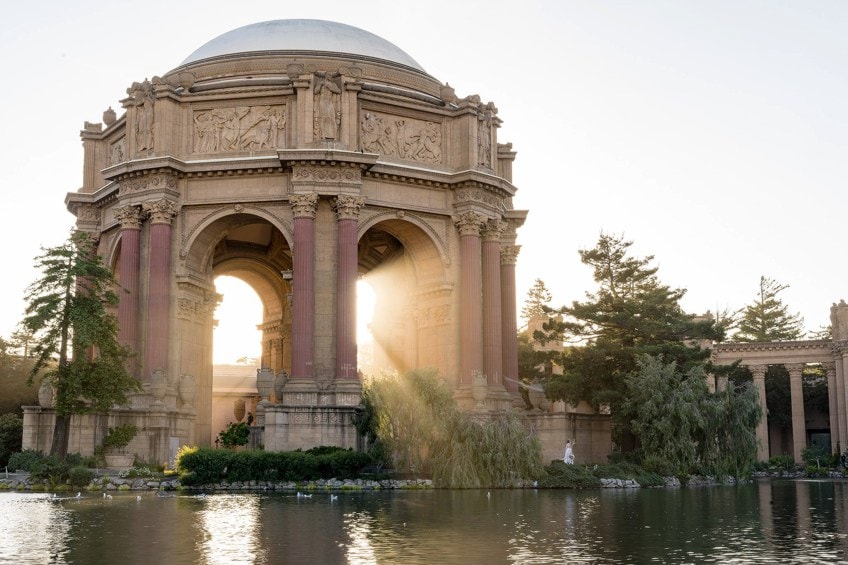
Abstract Photography
Abstract photography is one of the photography styles that has considerable artistic roots. It is influenced by early-19th-century art movements such as the Futurist, Cubist, and Surrealist currents. Abstract photography differs from realistic representations of the world by foregoing recognized objects as the major subject matter.
It focuses on microscopic forms, geometrical designs, concepts, and ideas instead. To create excellent abstract photography, you first need to train your eye to detect the uncommon and build structural arrangements with symbolic significance.
Abstract photographs are more than just beautiful; they often have a tale, mood, and profound message. Study art history and the artworks of your favorite artists to better understand why their pieces have such an influence on you. As an abstract photographer, your goal should be to use colors, lines, and shapes to create a scene.
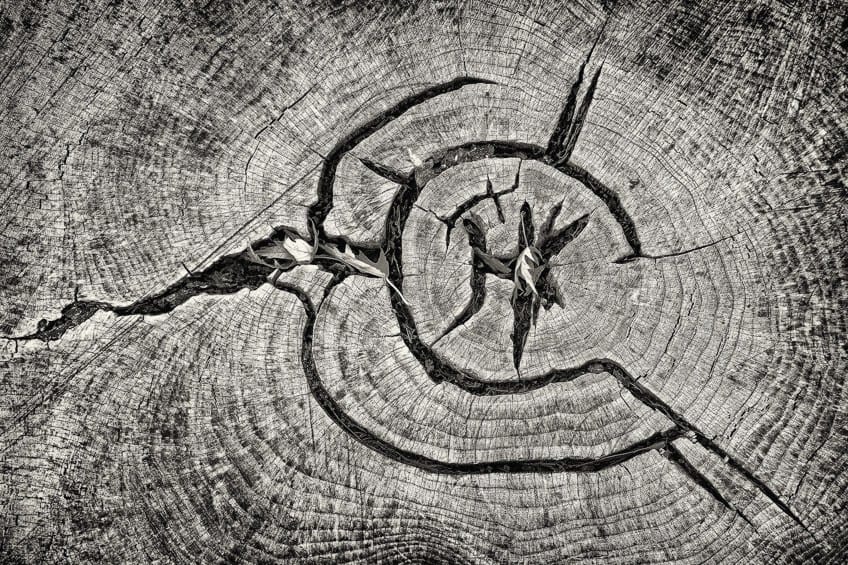
Fine Art Photography
Fine art photography is the sale and distribution of prints or digital photographs for the sole purpose of appreciation. Fine art photography focuses on the photographer, their skills, favored subjects, and the statement they make with their works.
To start a career in fine art photography, you must first establish a personal style that people will identify as your own.
In the world of photography, variety is abundant, and there are multitudes of ways to express oneself. Even if you are an absolute beginner with nothing but a smartphone, you can start playing around with these photography styles mentioned above and see which one you gravitate towards. Just take a walk down the road and you will see people, buildings, and places that all offer a story that can be captured visually and depicted in an artistic manner that is able to move somebody. Out of all of the types of photography that we have covered today, which one do you wish to try for yourself the most?
Take a look at our photography styles webstory here!
Frequently Asked Questions
Can I Learn Photography Without Spending a Fortune?
You don’t need to even buy a dedicated or expensive camera at first. If you have a phone camera, use it. Take images of anything you want and compare them to the scenes you captured. Most cameras offer an Auto option that automatically adjusts the camera settings. Phone cameras often only have an Auto mode, which means you can’t modify the settings. As a result, you don’t have to be concerned about getting the proper exposure.
What Do I Need to Know to Start Taking Good Photos?
Getting a handle on photography necessitates technical and compositional expertise. Begin by understanding how to adjust the three exposure parameters: aperture, ISO, and shutter speed. Then, discover how lenses function, how to manage focus, and how camera-subject distance affects your photos. The composition guidelines are the first step toward creating well-balanced and appealing photos. Learn how to utilize them appropriately before breaking them to improve the creative worth of your images. Most of all, have fun and experiment. We don’t have to worry about running out of film these days, and only by playing around and taking many shots with different angles and subjects will you eventually develop your skills and your own unique style.
Jordan Anthony is a film photographer, curator, and arts writer based in Cape Town, South Africa. Anthony schooled in Durban and graduated from the University of the Witwatersrand, Johannesburg, with a Bachelor of Art in Fine Arts. During her studies, she explored additional electives in archaeology and psychology, while focusing on themes such as healing, identity, dreams, and intuitive creation in her Contemporary art practice. She has since worked and collaborated with various professionals in the local art industry, including the KZNSA Gallery in Durban (with Strauss & Co.), Turbine Art Fair (via overheard in the gallery), and the Wits Art Museum.
Anthony’s interests include subjects and themes related to philosophy, memory, and esotericism. Her personal photography archive traces her exploration of film through abstract manipulations of color, portraiture, candid photography, and urban landscapes. Her favorite art movements include Surrealism and Fluxus, as well as art produced by ancient civilizations. Anthony’s earliest encounters with art began in childhood with a book on Salvador Dalí and imagery from old recipe books, medical books, and religious literature. She also enjoys the allure of found objects, brown noise, and constellations.
Learn more about Jordan Anthony and the Art in Context Team.
Cite this Article
Jordan, Anthony, “Types of Photography – Examining Different Photography Styles.” Art in Context. October 26, 2022. URL: https://artincontext.org/types-of-photography/
Anthony, J. (2022, 26 October). Types of Photography – Examining Different Photography Styles. Art in Context. https://artincontext.org/types-of-photography/
Anthony, Jordan. “Types of Photography – Examining Different Photography Styles.” Art in Context, October 26, 2022. https://artincontext.org/types-of-photography/.



